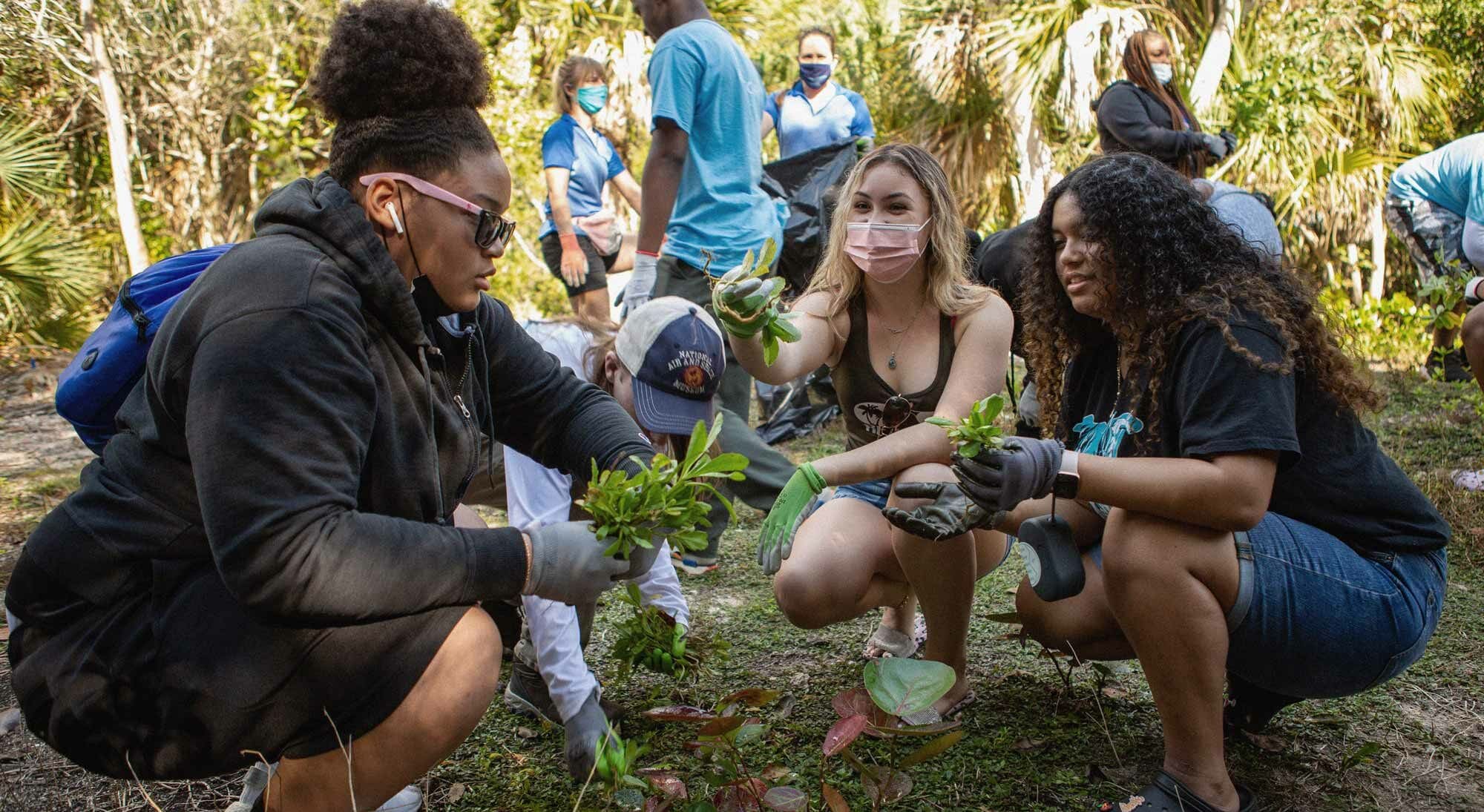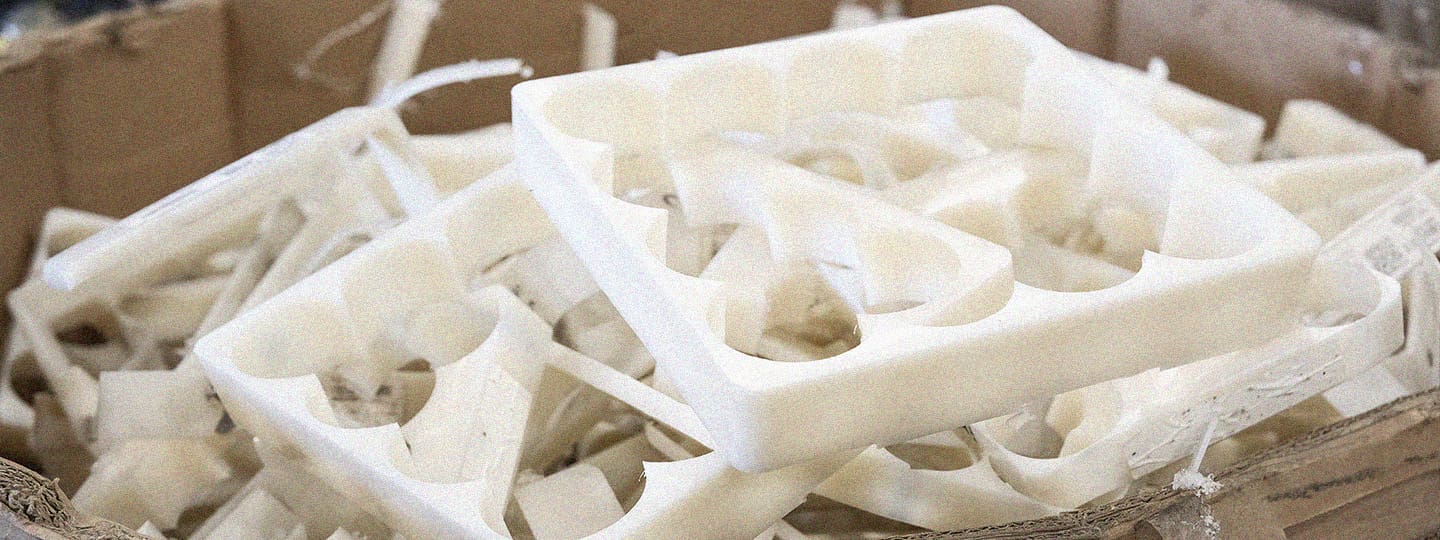In a world where climate change is real and highly evident, it is important to also examine how climate change affects different groups of people, especially in the world’s most vulnerable communities. To address climate change holistically, it is imperative to include the topic of environmental and climate justice and how different populations are affected disproportionately.
What is environmental justice?
Environmental justice is a movement that addresses the disproportionate impact climate change has on marginalized communities. It is both a climate change and civil rights issue because all people depend on our physical environments for our survival and sustenance.
However, people who live, reside, and work in places that are the most polluted, or are suffering the most negative impacts from climate change, are often low-income, LGBTQ+, Black, Indigenous, or other people of color (BIPOC). As humanity looks at solving the climate crisis in the future, it’s critical to also understand the implications it has for different groups.
How does climate change disproportionately affect marginalized groups?
The roots of environmental injustice stem all the way back to our country’s history of systemic oppression of various marginalized groups. One early method of this type of discrimination was “redlining,” which was the segregation of housing stock and neighborhoods due to racism—mostly BIPOC—where low-income individuals were lumped into neighborhoods that were far away from white, affluent neighborhoods. While redlining has since been abolished, the implications of this practice are still felt today, and most BIPOC and low-income families still live in these “redlined” neighborhoods.
How does climate change fit into all of this? Since neighborhoods where marginalized groups reside are perceived as having lesser value, most industrial plants, highways, and hazardous waste sites were built around these neighborhoods. Why? The land was cheap because it was deemed as having less value because of who lived there. For example, Black Americans are 75 percent more likely to live near sites that emit hazardous waste compared to other groups.
Urban heat islands are another example of how climate change is hitting low-income communities harder than others. The” urban heat island effect” is when urban areas and cities are warmer than their rural counterparts due to human activity. A lack of tree coverage, for instance, will allow more heat to build in these areas. In fact, low-income communities have statistically less tree coverage than high-income neighborhoods. Trees are essential because they lower temperatures, improve air quality, and provide shade from the sun. As heat waves become more and more of a norm, it’s evident how something as vital as trees can make it worse for unhoused and low-income people.
How can steps be taken to address environmental injustice?
The key to advancing climate and environmental justice is to listen to Indigenous voices in the fight against climate change and become involved with grassroots organizations that prioritize environmental justice. Indigenous people have tons of unique historical and cultural knowledge about the land humanity lives on, as they have lived and relied on the land for generations. They have been on the frontlines advocating for better environmental practices for decades.
In addition, numerous environmentalists of color have been speaking out about environmental racism and the impact it has on low-income and marginalized communities. Getting involved with organizations in your local area that focus on these issues is a quick Google search away and can help so many individuals who are impacted in your local community.
Lastly, it’s crucial to bring awareness to environmental injustice and its impact. While it is a topic that has been around for decades, most people still are unaware of how climate change adversely affects those who are less fortunate and who have been fighting an uphill battle for their entire lives. Researching and bringing awareness to the people around you is a pivotal way to give these initiatives more momentum and involve more people in the fight against climate change and environmental injustice.
We encourage you to spread awareness of environmental justice and why it’s a critical initiative that businesses, communities, and individuals need to address globally.
Remember, change starts with you—help us create a brighter future for all.





